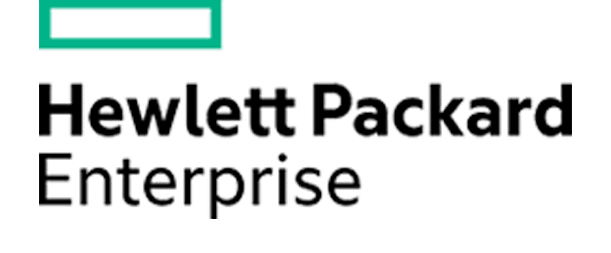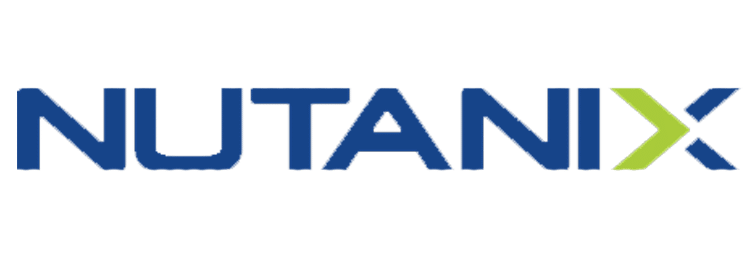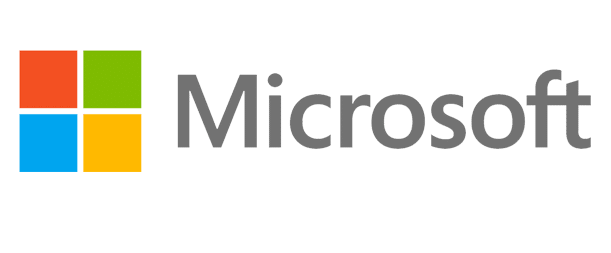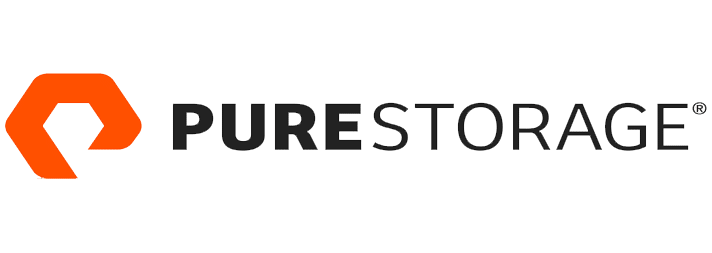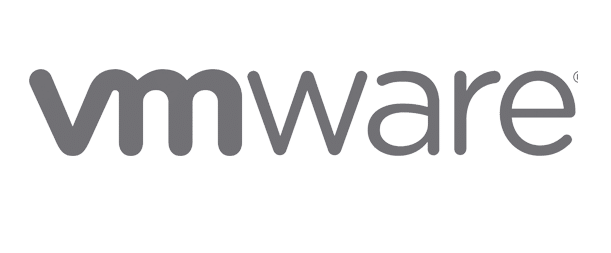What is the Best VMware Alternative? Technical Considerations
The virtualization world is undergoing a seismic shift companies are looking for the best VMware alternative. VMware’s licensing upheavals and steep cost hikes are pushing many IT teams to reevaluate their virtualization and cloud strategies. While VMware has long been the de facto choice, its recent moves are driving organizations to look harder at alternatives that better align with budget, scalability, and modernization goals.
Many VMware customers are reassessing their strategies as the company introduces significant changes to its licensing and product structure. The move to subscription-only licensing has phased out perpetual options and while SKU consolidation has streamlined offerings it has reduced some of the flexibility IT teams were accustomed to. Minimum core requirements have also risen from 16 to 72, which can result in overprovisioning for certain environments. In addition, several standalone products such as ESXi, vSAN, and NSX are now bundled, changing how organizations approach infrastructure planning. Changes in distribution—like Ingram Micro’s decision to stop carrying VMware—have contributed to ongoing shifts within the market. Taken together with notable cost increases—sometimes up to 10x for specific workloads—these changes are prompting CIOs and infrastructure architects to carefully evaluate the balance between cost, choice, and operational efficiency as they look ahead.
In this blog, we’ll dive deeper into the technical pros and cons to help you find the best VMware Alternative.

Evaluation Criteria for the best VMware Alternatives:
When evaluating the best VMware alternative, IT leaders need to look beyond cost and consider a range of technical and operational factors. Hypervisor performance plays a critical role, including VM density, scheduling efficiency, and NUMA awareness. The breadth of the feature set—such as live migration, high availability, disaster recovery, and snapshot capabilities—can significantly impact day-to-day operations. Compatibility with existing ecosystems and integrations, including backup solutions, software-defined networking, and storage platforms, is equally important. Hardware support should also be assessed, whether the solution works with commodity hardware or requires validated nodes. Beyond infrastructure, operational complexity—including day-2 management, monitoring, and automation—must be weighed carefully. Finally, the licensing model, whether per-core, per-socket, or per-VM, can dramatically influence long-term cost and scalability.
Best VMware Alternatives: Technical Deep Dive
Nutanix AHV
If you’re ready to embrace hyperconvergence, Nutanix AHV brings together compute, storage, and networking into a single, tightly integrated platform. Built on a KVM foundation, it replaces the VMware trifecta of vSphere + vSAN + NSX with a Prism-managed stack designed for simplicity.
Pros:
- Unified HCI management with built-in snapshots, replication, and DR.
- AHV Flow Networking offers microsegmentation comparable to NSX.
- Seamless storage integration, with Pure Storage support for external SANs.
- Strong customer support and mature ecosystem.
- Simplifies scaling by aligning compute and storage growth
Cons:
- Vendor lock-in risk with Nutanix’s ecosystem.
- Mixed cost savings depending on workload.
- Limited flexibility for non-HCI architectures (edge, specialized storage).
Best for: Enterprises committed to hyperconverged designs, especially those with existing Nutanix deployments.
HPE VM Essentials
For organizations looking for a VMware alternative with enterprise support and cost flexibility, HPE VM Essentials delivers a modern virtualization platform bundled for small to midsize environments. It provides core hypervisor functionality with integrated management, storage, and data protection, while aligning closely with HPE’s compute portfolio.
Pros:
- Enterprise-grade virtualization at a fraction of VMware’s cost.
- Includes HA, live migration, and snapshot features out of the box.
- Simplified licensing—per-VM and per-socket options for flexibility.
- Tight integration with HPE ProLiant and HPE Alletra storage.
- Backed by HPE support and global partner ecosystem.
Cons:
- Feature set may not match VMware Enterprise Plus at scale.
- Limited third-party ecosystem compared to mature hypervisors.
- Best aligned with HPE infrastructure (less agnostic than some peers)
Best for: Organizations with HPE hardware or looking for a cost-effective, supported virtualization solution that avoids VMware lock-in while maintaining enterprise capabilities.
Microsoft Azure Local (Stack HCI)
For Microsoft-heavy shops, Azure Local (formerly Azure Stack HCI) provides a hybrid path that blends Hyper-V with Azure-native management. It’s designed for organizations that want on-prem infrastructure but also crave Azure consistency across environments.
Pros:
- Deep Azure Arc and Azure Monitor integration for hybrid ops.
- Broad backup vendor ecosystem (Veeam, Cohesity, Commvault, Rubrik).
- vGPU support for NVIDIA/AMD — great for VDI and ML.
- Edge/disconnected support for sovereign cloud or air-gapped needs.
- Centralized management via Windows Admin Center and Azure portal.
Cons:
- Cluster size capped at 16 nodes.
- HA limited to cluster-level; no VMware-style DRS across clusters.
- Requires validated hardware, raising upfront costs.
- Retraining needed for VMware-centric teams.
Best for: Microsoft shops seeking predictable hybrid operations with Azure integration.
Microsoft Hyper-V
Sometimes simpler is better. Microsoft Hyper-V remains a cost-effective option for enterprises already running Windows Server. While it lacks some of the flashier features of other platforms, its value lies in stability and integration with existing Microsoft ecosystems.
Pros:
- Included with Windows Server licensing.
- Mature clustering, replication, and live migration support.
- Works with System Center Virtual Machine Manager and Azure Stack.
- Reliable for VM-based failover scenarios.
Cons:
- Linux support is weaker than VMware or KVM-based hypervisors.
- Smaller ecosystem and fewer automation frameworks.
- Manual management overhead in larger environments.
Best for: Windows-centric enterprises needing a low-cost virtualization platform with minimal disruption. Take a look at Comport’s Microsoft Expertise.
Red Hat OpenShift
For enterprises modernizing around containers, Red Hat OpenShift delivers a Kubernetes-powered PaaS with enterprise-grade tooling. It’s built for DevOps, automation, and application portability across hybrid and multi-cloud environments.
Pros:
- Cloud-native and developer-friendly for microservices/CI-CD.
- Seamless Kubernetes integration with role-based controls.
- Portability across on-prem, hybrid, and cloud.
- Strong security and compliance features.
- Over-the-air updates simplify lifecycle management.
Cons:
- Requires significant Kubernetes expertise.
- Licensing/support costs are high.
- Steep learning curve for VMware-focused teams.
- Scaling limitations in extremely large deployments.
Best for: Enterprises driving DevOps adoption and container-first strategies.
Final Thoughts for the Best VMware Alternative
There is no single “drop-in” replacement for VMware. Each option comes with trade-offs between flexibility, performance, lock-in, and cost:
- Nutanix AHV suits hyperconverged strategies.
- Azure Local/Hyper-V make sense for Microsoft shops.
- Azure Public Cloud drives agility and scale.
- OpenShift is ideal for container-first modernization.
At Comport, we help clients evaluate these platforms technically and strategically, ensuring migrations are smooth, workloads are supported, and costs remain predictable. Considering alternatives to VMware? Our engineers can benchmark, assess, and design migration roadmaps tailored to your environment. Contact our experts to learn more.

